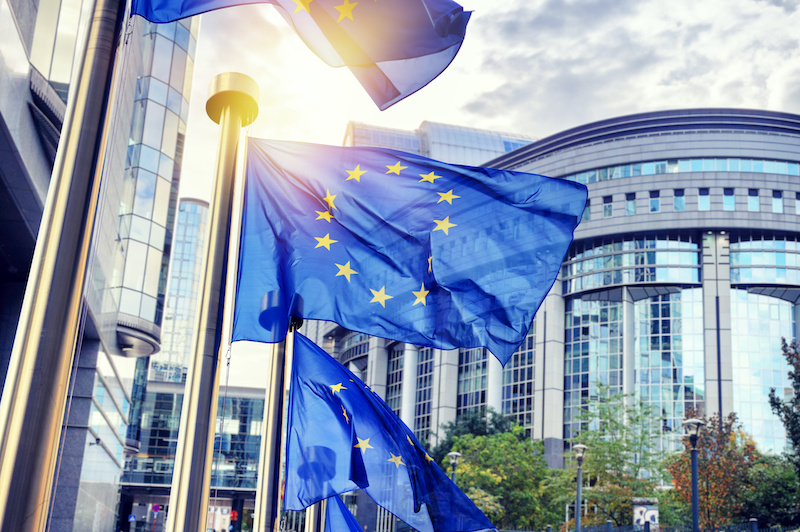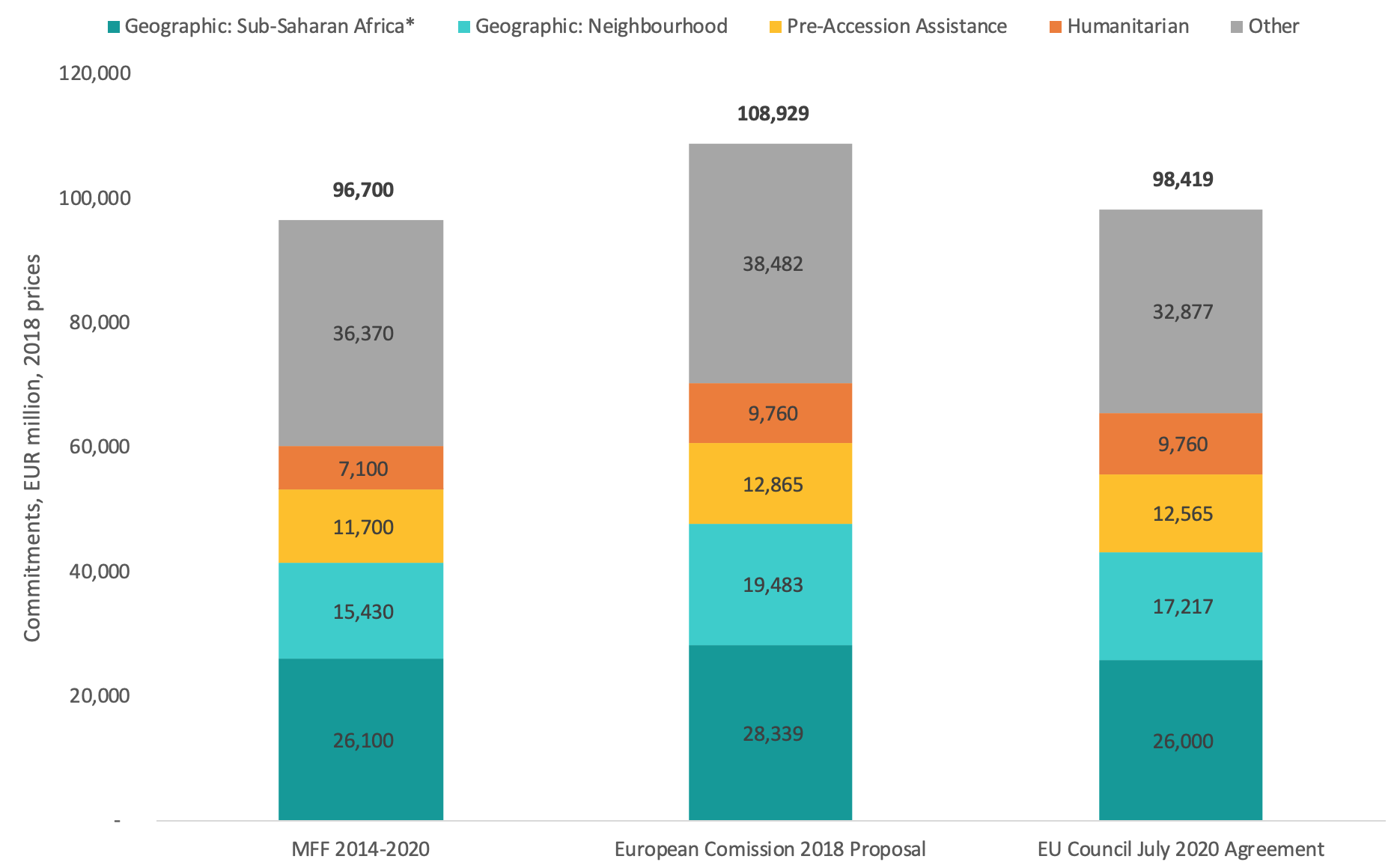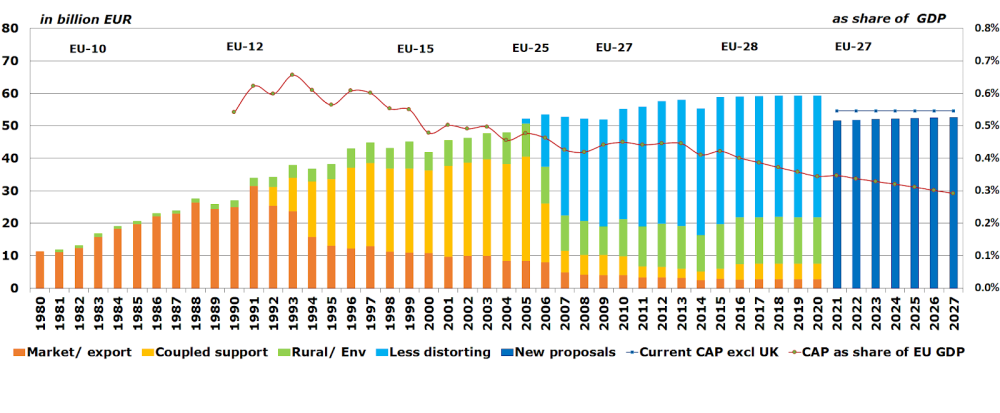Three weeks ago, the European Commission published its initial proposal for the EU’s budget from 2021 to 2027. The headlines? Overall spending would rise despite the loss of the UK, and development spending and ‘external action’ could see increases. But both agriculture and regional spending would be cut. For an overview, read this piece from my colleague Mikaela Gavas.
This blog post is the first in a series analyzing the Commission’s proposals for its “long-term budget” and looks specifically at the agriculture budget and its global development impact.
The bottom line is that the Commission’s proposal to reduce spending on agriculture to 30 percent of the budget would be an important step in the right direction for Europe and for development, but this reduction faces the real risk of being unwound by vested agricultural interests.
European leaders now face a key moment as the proposals face challenges from agriculture ministers and the EU Parliament push to avoid reductions. EU leaders should back the proposals and take the chance to move money away from ineffective and inequitable support to agriculture and toward migration, security, and development—places where Europe can respond to the challenges that matter most with international action that the EU is uniquely positioned to lead on.
Where the EU is on an agriculture policy for global development
The EU’s agriculture policy is nowhere near as damaging to development as it was three decades ago, and the move to subsidies that do not depend on output (“de-coupled”) is much less damaging than the US’s policy. However, the EU’s is still damaging. Subsidies still lower global prices making it harder for developing country producers. The EU agriculture policy does little to address, and may even exacerbate, the sector’s climate impact, and, of course, there’s all the good you could do with 54 billion euros per year if you weren’t giving it to farmers and landowners.
The first real reform in two decades
The Commission’s budget proposal looks promising. Even though it advertised the proposed cut to agriculture as being around 5 percent, this appears to be a nominal figure. Taking into account seven years inflation at 2 percent per year, Bruegel calculates the real terms cut over the period is more like 15 percent.
The below chart highlights the path of nominal EU agricultural spending, including the major reforms of the mid-1990s which removed the most distorting types of market support (orange bars), and the mid-2000s which removed the vast majority of payments which depended on production (“coupled,” yellow bars).
EU agriculture budget, current prices
Source: CGD adaption of EC-DG AGRI data
Note: Figures are actual to 2016, planned for 2017-2020, and the Commission’s Multiannual Financial Framework proposal for 2021-2027.
The new proposals (dark blue bars) would reduce the budget share from around 39 percent to 30 percent. This would be good news—the first-ever sustained reduction in agricultural subsidy levels and—if replicated in future budgets—a pathway to roughly halve subsidies by 2040.
Still, even with the proposed reduction, there are some other worrying signals, like limited environmental ambition and effectiveness, and the potential return of coupled payments—that I will return to in a future post.
Where next on the budget?
The budget framework marks the beginning of negotiations and a difficult job for the Commission in balancing the views of member states and the Parliament (who indicated their view that the agriculture budget should be at least maintained in constant terms—see para 40).
Indeed, it seems the delay in the release of more detailed proposals due on Tuesday 29th May marks just such a challenge, with the budget reduction proposals apparently under fire from unhappy Agriculture Ministers.
For the EU’s reformers and champions, reductions in the agriculture budget—which would still account for some 30 percent of EU spend in the new proposal—are an important resource to be reallocated with very little harm to the agriculture sector and no harm to European food security. The Commission’s proposals to reduce spending are a step in the right direction, but EU leaders and the Parliament should back the proposals, and focus on the EU’s more important challenges like climate, migration, security, and development.
CGD blog posts reflect the views of the authors, drawing on prior research and experience in their areas of expertise.
CGD is a nonpartisan, independent organization and does not take institutional positions.








